What Exactly Are the Wights in Heathenry?
If you’ve entered Heathenry recently, or even if you have been in it a while, chances are you’ve heard about Wights. Often called the landvaetr, the wights are pretty intrinsic to Heathen beliefs. But what exactly are they, and how do they fit into the Heathen belief system?
Where the Term, Wight, Comes From
The term, “wight,” comes from Middle English, but we really have J.R.R. Tolkien to thank for bringing it back into the lexicon. The original word mean “a living, sentient being,” but the word mostly went out of style until The Hobbit and The Lord of the Rings became popular. That Tolkien chose the word, “wight,” is no happy accident. He was a professor of Anglo Saxon at Oxford University. (The Anglo Saxon root of “wight” is wiht, for those curious.) In his stories, he spoke of “Barrow-wights” and other denizens. So, he used the term, wight, to describe a particularly supernatural phenomenon. Namely, creatures that are not quite of this world, but have sentience, or are, at least animate enough to consider them creatures and not things.
Heathens (as well as other pagans and fantasy writers) have co-oped the term to describe supernatural creatures that aren’t quite gods, but are still quite powerful. I believe we probably use the word because most people are familiar with the concept of wights nowadays, but aren’t necessarily familiar with the term, landvaetr. In other words, even though landvaetr or “land spirits” are the correct words to use (when talking about land wights), for simplicity sake, we use “wights.”
What Are Wights, Exactly?
Now that you’re familiar with the concept of wights, let’s talk about what a wight encompasses in Heathenry. Wights are just what you might think: Elves, Dwarves, Trolls, and other 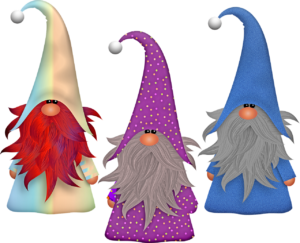 supernatural denizens. These include the nisse, tomte, disir, alfar, and hulderfolk. They include the ancestors who have continued after their death to reside in our world as spirits. And they include not only the land spirits, but also the sea spirits, of which there are many. This is the broadest sense of being a wight.
supernatural denizens. These include the nisse, tomte, disir, alfar, and hulderfolk. They include the ancestors who have continued after their death to reside in our world as spirits. And they include not only the land spirits, but also the sea spirits, of which there are many. This is the broadest sense of being a wight.
My Experience with Wights (Or Lack Thereof)
Growing up, I always wanted to see Elves and Fairies. Even when I was old enough to know better, while still being a preteen, I hoped to see the hidden folk. I grew up largely in suburbia, but way back when I was a kid (yeah, you can add the old codger voice to that), there were still tracts of undeveloped land around our homes. I lived in the Eastern US where you could still cross lands that had blackberry and raspberry bushes growing wild, find ruins of old farmsteads that predated the Civil War, and other cool things. We never thought we were trespassing on someone’s property, although I’m pretty sure we did that a lot, but we found some pretty cool stuff with metal detectors and just generally exploring. I knew most of the creeks and entrances into property where people wouldn’t give you grief for crossing. Yeah, I suppose it was a different time. My mom and dad had no idea where I was going, and I wasn’t worse for the wear.
Anyway, back to wights. Despite being in a history-rich area, I never saw a single wight. The gods know, I tried. Instead, I tromped through streams, played in the mud (and got in terrible trouble for that), explored, and discovered a lot of things. Wights—not so much. Maybe they just looked at me as some kid who was mostly harmless and alone. Maybe my early skepticism banished them, I don’t know.
Do Wights Exist?
 It’s my guess—and you folks can argue with me over this—that most Heathens are pretty convinced that wights aren’t corporeal creatures, but more likely spirits. Or maybe they consider wights the personification of the natural forces at work. In other words, they aren’t really singular entities. Some people feel that they are ancestors—and yes, there are good cases for this. And some people believe them to be a little below gods. Again, there is a case for that as well.
It’s my guess—and you folks can argue with me over this—that most Heathens are pretty convinced that wights aren’t corporeal creatures, but more likely spirits. Or maybe they consider wights the personification of the natural forces at work. In other words, they aren’t really singular entities. Some people feel that they are ancestors—and yes, there are good cases for this. And some people believe them to be a little below gods. Again, there is a case for that as well.
That being said, I’m clearly on the agnostic side of the fence when it comes to wights. In other words, I haven’t actually had the pleasure of meeting one. I’ve spoken to people whom I consider sane (or mostly sane) who work with wights, so there is a possibility that they do exist on some level. Despite my agnostic views, I do make offerings to them. I also can do rituals that banish bad wights. Hel’s bells, I’ve even had some interesting experiences with what can only be considered gremlins. (The type that gum up mechanical things, not the creatures you’re never supposed to get wet or feed after dark.)
What Else About Wights?
There are literally books about wights, but for the sake of expediency, I won’t go into specifics in this post. Instead, I’m planning a series of posts about wights and the other less than godly creatures in our belief system and give you my take on them. And of course, if you’ve had dealings with wights, be sure to tell me about it in the comments!
—
Hey! Did you know that my patrons on Patreon gave me the idea to write about wights? It’s true! You can have a say in what I write if you’re one of my awesome patrons on Patreon. Join up today and for as little as a Starbucks coffee a month, you can get to see premium content not found anywhere else. And other patrons get to see this before it is released to the world! Visit my Patreon site today! Become a Patron!
Disclaimer: Some of the links in this piece go to affiliate sites. I get a small stipend if you use the links and purchase something there. The money goes toward supporting The Rational Heathen, both myself and the blog. It enables me to continue to produce pieces for you to read. Thank you for your support.
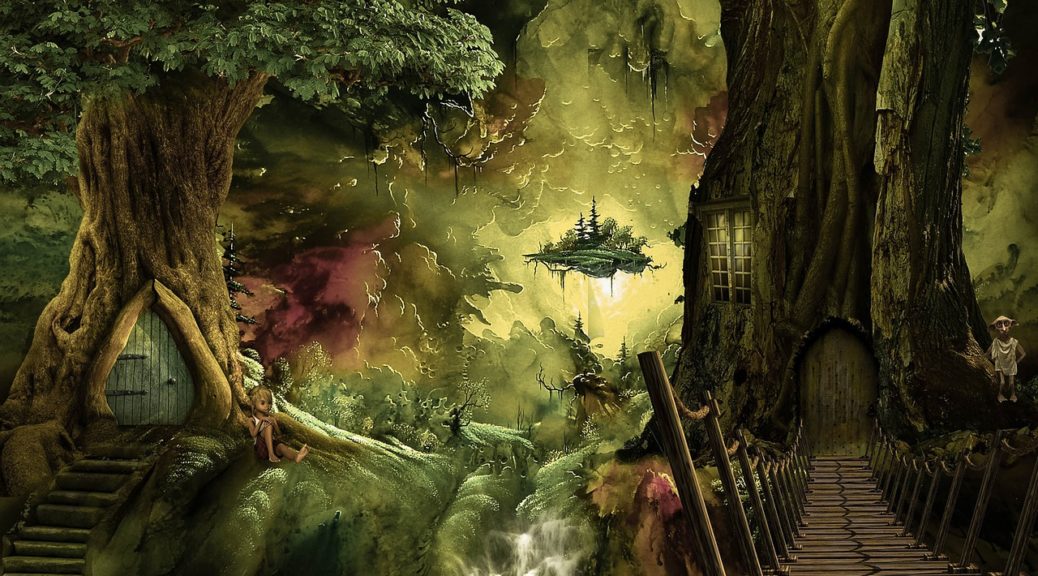


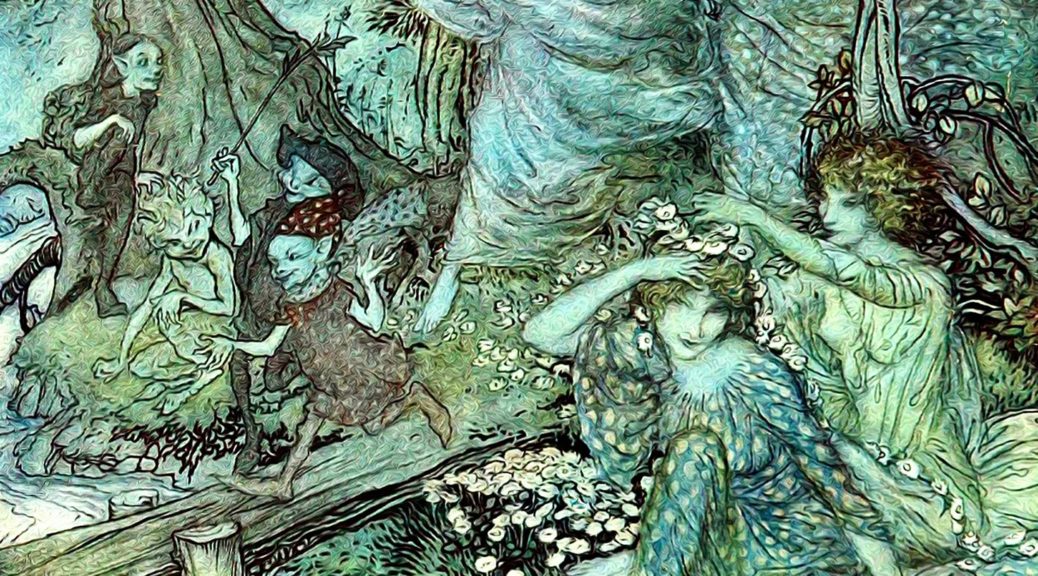
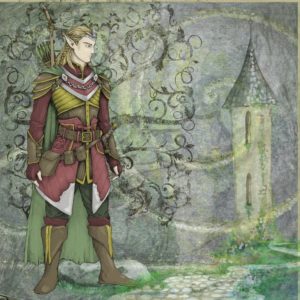 Historians used to look at folk tales and fairy tales as cute stories to tell children, but in light of current evidence, maybe they were true. I’m talking about other races like the Elves and Wights whom we show our respect. Maybe there is a collective unconscious like Jung proposed. Perhaps we’re remembering other races through the passage of time? Stick with me on this, and maybe I can offer a scientific and rational explanation for our stories.
Historians used to look at folk tales and fairy tales as cute stories to tell children, but in light of current evidence, maybe they were true. I’m talking about other races like the Elves and Wights whom we show our respect. Maybe there is a collective unconscious like Jung proposed. Perhaps we’re remembering other races through the passage of time? Stick with me on this, and maybe I can offer a scientific and rational explanation for our stories.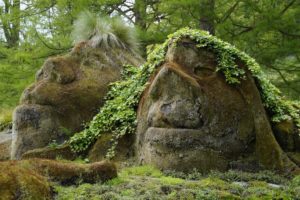 What Races Coexisted with Homo Sapiens?
What Races Coexisted with Homo Sapiens?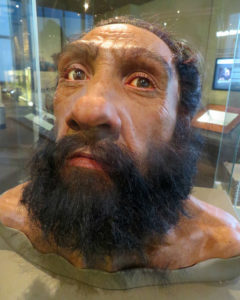 amongst the two species
amongst the two species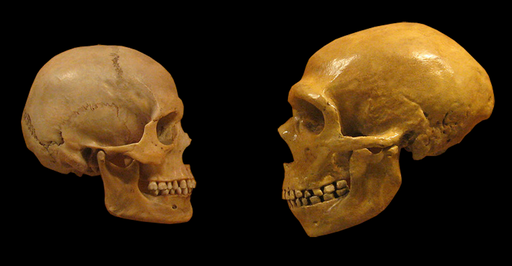 The Neanderthals were heavier set and tended to hunt close up against some pretty dangerous prey, like mammoths. That meant that they suffered some pretty serious injuries. Their heavier bodies, bigger chests, and large noses gave them the ability to live in colder climates. They had adapted to their environment successfully, which probably put our Homo sapiens ancestors in awe. Homo sapiens had evolved in hotter climates, making the colder climates our ancestors entered a real challenge in a lot of ways.
The Neanderthals were heavier set and tended to hunt close up against some pretty dangerous prey, like mammoths. That meant that they suffered some pretty serious injuries. Their heavier bodies, bigger chests, and large noses gave them the ability to live in colder climates. They had adapted to their environment successfully, which probably put our Homo sapiens ancestors in awe. Homo sapiens had evolved in hotter climates, making the colder climates our ancestors entered a real challenge in a lot of ways.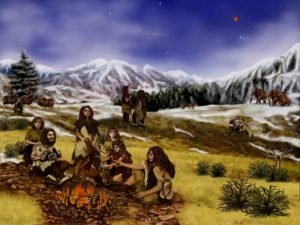
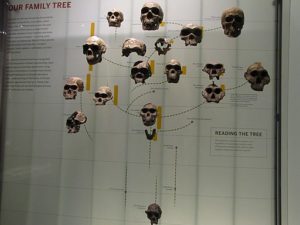 humans bred with them and that
humans bred with them and that 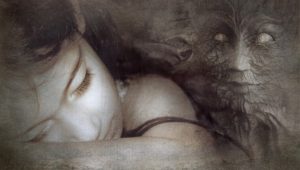 with their own progeny, hoping to fool humans. It’s believed that these changeling stories are in existence to explain birth defects and
with their own progeny, hoping to fool humans. It’s believed that these changeling stories are in existence to explain birth defects and